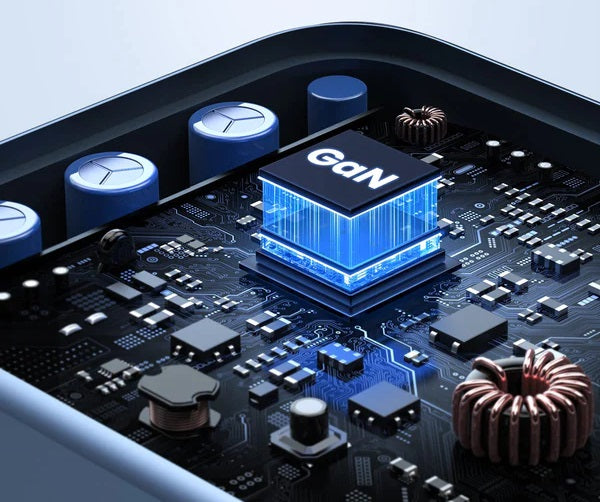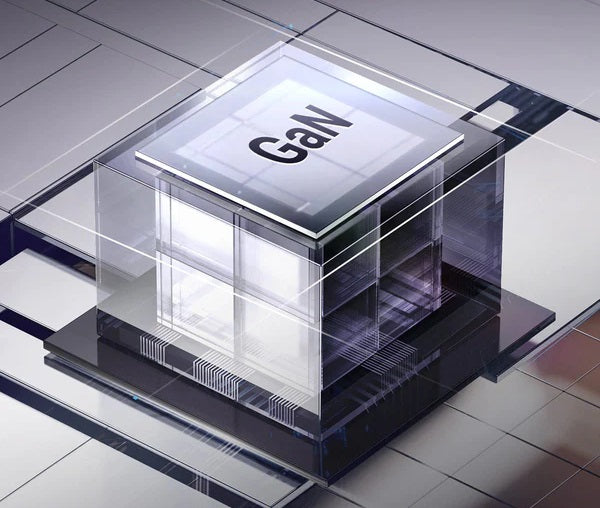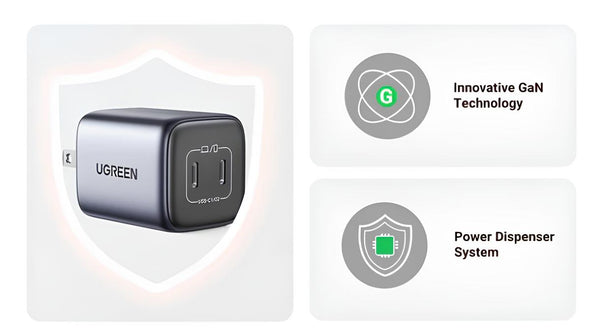This article will explore the charging requirements of the iPhone 16, the compatibility of older chargers, and best practices to ensure safe and efficient charging. Let’s dive in!
What are the iPhone 16 Charging Requirements?
The iPhone 16 series offers updated charging capabilities. Knowing these specifics will help answer whether you can charge your new device with an older charger.
Wired Charging
The iPhone 16 continues to use the USB-C port, aligning with the previous model, the iPhone 15. This change allows for USB Power Delivery (PD), which facilitates faster charging. For optimal charging, you need a USB C charger, here are the key details:
‚óè Standard Models: For the basic iPhone 16 and iPhone 16 Plus, a USB-C adapter with at least 20W output is recommended. This setup can charge your device to 50% in about 30 minutes.
‚óè Pro Models: The iPhone 16 Pro models can support charging speeds up to 40W, allowing for a 50% charge in approximately 15 minutes. This requires a compatible USB-C power adapter rated at 40W or more.
Wireless Charging
Wireless charging remains a popular option with the iPhone 16, especially with the continued support for MagSafe technology. Key points include:
‚óè MagSafe Chargers: If you have a wireless charger for iPhone, it can charge the iPhone 16 at speeds up to 20W. Ensure your power adapter for this charger is rated 20W or higher for the best performance.
‚óè Qi Wireless Chargers: Older Qi chargers will also work with the iPhone 16, but they will only provide up to 7.5W of power, which is significantly slower than MagSafe.
Can I Charge iPhone 16 with an Old Charger?
So, can you indeed charge the iPhone 16 with an old charger? The answer depends on the type of charger you have.
Old Wired Chargers
If you own an older USB-C power adapter that supports USB Power Delivery, you can use it with the iPhone 16. These chargers will work, but to maximize efficiency, ensure they meet the required wattage:
‚óè 20W or Higher: For standard models, a USB-C adapter with a minimum of 20W is necessary.
‚óè 40W for Pro Models: For the Pro variants, a charger rated at 40W or higher is ideal.
If you’re using an older USB-A charger, you may still charge your iPhone 16 by using a USB-C to Lightning adapter but expect significantly slower charging speeds.
Old Wireless Chargers
For those with older MagSafe-compatible chargers, rest assured they will work with the iPhone 16. However, if you have a standard Qi charger, it’s important to note that while it will still charge the device, it will do so at a much slower rate.

How to Charge iPhone 16 with an Old Charger Safely
If you decided to charge your new iPhone 16 with your old iPhone charger, to ensure your iPhone 16 remains in optimal condition, follow these charging best practices:
UseÃ˝A Power Adapter
Always opt for a power adapter that meets the specifications of your device. For the iPhone 16, a 20W USB-C power adapter is recommended, while the Pro models benefit from a 40W or higher adapter. This ensures efficient charging without overheating.
ChooseÃ˝Certified Chargers
Using certified chargers is crucial for your iPhone’s safety. A reliable iPhone charger can make a significant difference. Certified chargers, such as those from Ugreen, meet safety standards. Avoid counterfeit chargers that can cause battery damage or even pose fire hazards.
Avoid Overheating
Charge your device in a cool environment. Overheating can damage the battery and internal components. If your iPhone feels hot while charging, disconnect it and allow it to cool down.
More iPhone 16 Charging Tips
To maintain your new iPhone 16 with its best performance, here are more charging tips you can take into daily consideration.
Battery Health Management
Apple has integrated features aimed at maintaining battery health. For instance, the Optimized Battery Charging feature learns your daily charging routine to reduce battery aging. By enabling this feature, your iPhone will delay charging past 80% in certain scenarios, which helps preserve battery lifespan.
Use of Fast Chargers
Fast charging is convenient but can generate more heat. If you‚Äôre in a hurry, using a higher wattage charger, like aÃ˝GaN charger, is beneficial, but for regular use, a standard charger may extend battery longevity. Balance your fast charging needs with the health of the battery.
Charging Cables
The quality of your charging cable is just as important as the charger itself. Always use high-quality, certified cables to avoid issues. Damaged or low-quality cables can lead to slower charging speeds and can even be dangerous.
Environmental Impact
As you consider charging options, think about sustainability. Using energy-efficient chargers and reducing the frequency of charging can minimize your carbon footprint. Opt for chargers that meet energy efficiency standards to contribute positively to the environment.
Alternative Charging Solutions
If you're often on the go, consider investing in a portable charger. Many modern power banks are designed to provide fast charging capabilities, thereby giving you the flexibility to charge your iPhone 16 wherever you are. Look for power bank options with Power Delivery technology to ensure compatibility and efficiency.
Conclusion
In summary, the question of whether can I charge iPhone 16 with an old charger is nuanced. While older USB-C chargers that support USB Power Delivery can work, be aware of the wattage requirements for optimal charging. For the iPhone 16, a charger with at least 20W is necessary, while 40W is ideal for the Pro models.
By using the right accessories and adhering to best practices, you can ensure your iPhone 16 performs at its best. If you‚Äôre looking for reliable options, consider checking out an iPhone chargerÃ˝from brands like Ugreen for a seamless charging experience.
FAQs About iPhone 16 Chargers
People have many questions about this new iPhone release. About the charging aspects, here are some of the most frequently asked.
What happens if you use an old charger with a new iPhone?
Using an old charger may still power your device, but it might not provide efficient charging. Chargers without USB Power Delivery may charge more slowly.
Can using a different charger ruin an iPhone?
Yes, non-certified chargers can potentially harm your iPhone. Using MFi-certified chargers is recommended to ensure safety and performance.
How often should I charge my iPhone 16?
It’s best to charge your iPhone when it drops to around 20-30% battery life. Regularly letting it drop to 0% can negatively impact battery health.
Is it safe to use my iPhone 16 while charging?
While it's generally safe, using your phone while charging can generate additional heat. This may affect battery health over time, so it's advisable to limit intensive tasks during charging.
]]>










































































